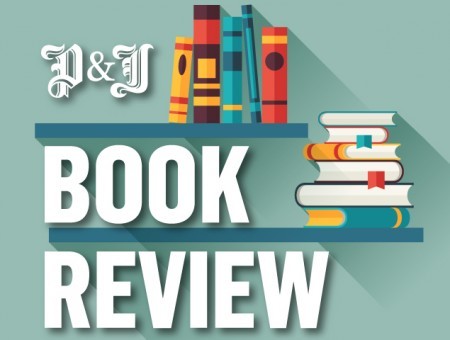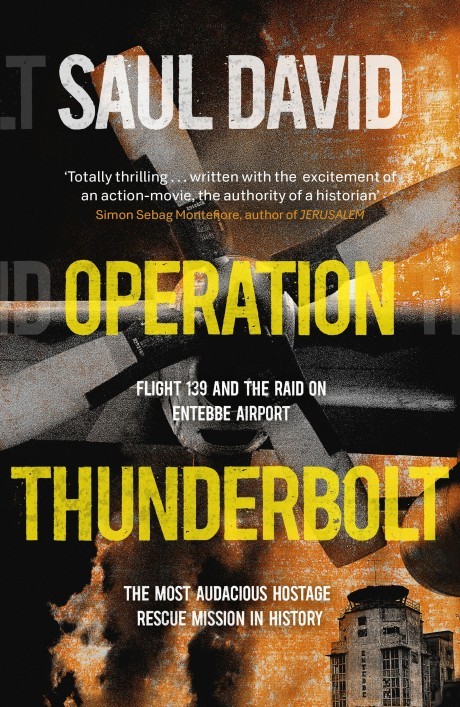Hardback by Hodder & Stoughton, £20 (ebook £9.99)
Operation Thunderbolt tells the story of one of the first, and still
one of the most celebrated, modern military counter-terrorism
operations. After an Air France flight carrying 258 passengers and
crew from Tel Aviv to Paris was hijacked by the Popular Front for the
Liberation of Palestine and flown to Uganda’s Entebbe airport in
1976, Israeli commandos flew 2,000 miles undetected from the Middle
East to east Africa to pull off a daring and highly successful rescue
mission.
The story of how they caught the terrorists and their supporter, the brutal Ugandan dictator Idi Amin, completely off-guard has been made into countless books, films and documentaries over the years, but nevertheless, military historian Saul David’s book is a stylish addition to the canon.
Combining the pacing of a thriller with the attention to detail of a scholarly work, it draws on first-hand accounts and interviews to tell the story from the point of view of the terrified hostages, the commandos who carried out the raid (the brother of current Israeli prime minister Benjamin Netanyahu was the only soldier killed) and the Israeli politicians faced with the dilemma of caving in to terrorism and risking more hijackings, or approving the risky long-range mission.
David also adds dimension to the terrorists, especially two German communists, looking at their background and motivation and how Thunderbolt’s success has shaped, and sometimes haunted, Israeli thinking for decades.

